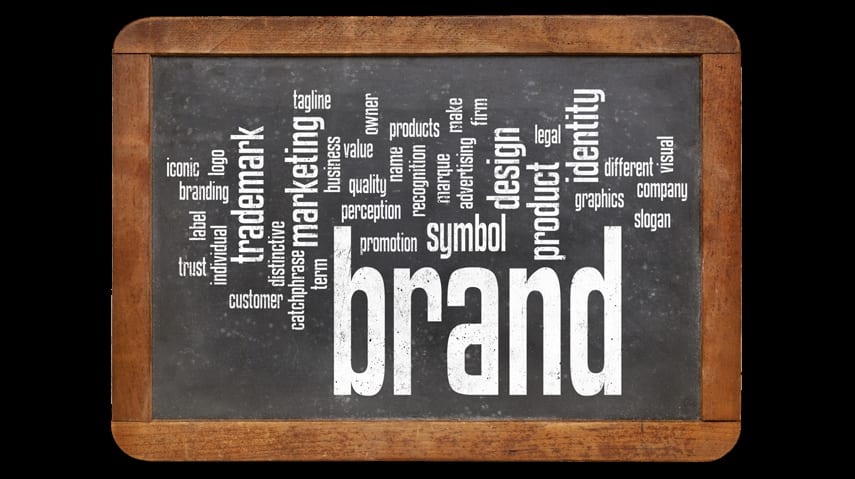Branding, Slogans and Logos for Realtors
How to uncover the unique brand that sets you apart from all the other honest, hard-working, professional, results-oriented Realtors out there.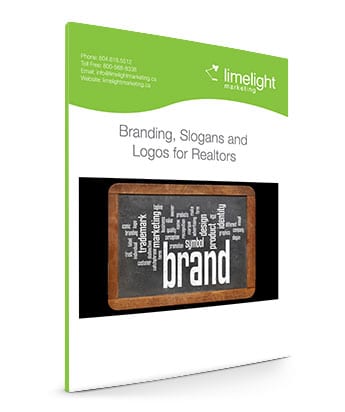
Branding
Even if you have never spent a penny on branding you are a brand already.
There’s a lot of confusion about the term “branding.” This list comes from What Language are We Speaking?
Understanding the Day-To-Day Jargon of Designers & Printers, care of Unisource Canada, Inc.*
A brand promises a result and experience you can count on. A Brand is intangible – It is the meaning or feelings you associate with a service, company or product. If five people are asked to describe a well-known brand, you may get different descriptions; however, there will be similarities. These similarities are the brand, and they are very powerful.
- A Brand is not a logo – A logo only identifies the brand; it is an entry point.
- A Brand is not an identity system – An identity system only controls the expression of the brand. Identity systems often called branding systems) are created to express the brand in a consistent and cost-effective way.
- A Brand is not a product – Many people talk about managing their brand, but they really are managing their product. The brand is often the reason we buy the product. People, corporations and countries can have brands.
How can a Realtor® create or identify their brand?
There are five things you need to identify to form your brand.
1. Identify What You Value – Your personal brand is ultimately a reflection of everything you value. So take time to really think about the things you value in your life. List them. Make sure the values you identify are truly your own because you must believe in and live by them every day. These values will become the foundation for your brand, as well as your personal mission statement.
2. Identify What Makes You Unique – With your values as your foundation, the next step is to determine your specific uniqueness. Everyone is unique and special in some way. How are you different as an individual? How are you unique? And how are your products and services different? Incorporate this uniqueness into your brand.
3. Identify How You Want To Be Perceived – Branding is about other people’s perceptions of you. You have the power to control most of these perceptions with your actions and presentation.
4. Identify Your Specialty – Are you the neighbourhood expert? Are you an experienced real estate investor? If you want to be branded as the best value-added salesperson, then you have to bring extra value to every client or prospect meeting.
5. Identify Your Target Market – The goal of branding is to build customer loyalty. As you’re creating your brand, you need to determine your target market and speak directly to them. You want people to think that your brand will make a difference in their lives, so it must be meaningful to the end user.
Now Write Down Your Brand – Once you have identified the things that make you unique, you can weave them into a brand identity that will make you stand out from the crowd. You have to actually write the statement. A brand is a phrase that jumps out at you from the page and grabs your emotions.
By branding yourself, you separate yourself from the crowd and create a greater impact – for you.
Slogans and Taglines
I know a bit about this topic and have written a blog post about slogans that has been read by more than 191,000 people.
Firstly I believe your slogan either has to be a great one or you are better with none at all. A catchy slogan or tag line does nothing to strengthen your competitive position unless it clarifies your competitive edge.
There are a few basic questions you have to ask yourself when developing or critiquing your own slogan:
- Does it answer the reader’s question about what’s in it for them?
- Does it answer the reader’s question about how this will help them?
- Does it solve a problem the reader might have related to real estate?
- Is it about the reader or about you?
Last piece of advice is never use an adjective describing a personal trait. Realtors are all honest, have integrity and should be professional. A prospect wants to know what you can do for them. How will working with you make their life easier? The transaction smoother? Or sell their home faster.
Compare these slogans…
• Knowledgeable – Approachable – Trustworthy – Hard Working
• Rock Solid Bridge to Your Dreams
• The Agent with a Heart
• Honesty and integrity…always
… with these more effective ones:
• Anyone can sell your home. I can sell it for more.
• Take the worry out of condo buying. Call the specialist.
• Buying or selling a home doesn’t have to be hard.
• The strength of teamwork…The reputation for results.
Logos
Developing a great logo is a strange mix of art, science, psychology and a good amount of luck. Your logo is not your brand.
- Your logo only represents your brand.
- Your logo is a visual mark that represents your brand. It allows people needing the service you provide to find you, remember you and differentiate you from a few million other Realtors.
- While your logo is not your brand, its design and consistent use will affect how your brand will be perceived. A great logo can give you incredible leverage and contribute directly to your bottom line. On the other hand, a lousy one may very well have the opposite effect.
Designing a logo
• Good logos are designed in black and white first. Colour comes later.
• Good logos have unique shapes that quickly differentiate you. Your name in the right font is a shape and can be a logo.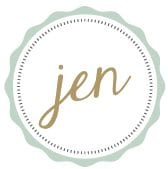
• The shape must be simple, clean and quick.
• Logos should have staying power. Avoid trendy stuff.
• Is your logo scalable? Will it work on a business card and the back of a bus?
• Pick a colour combination that doesn’t just work today but will maintain its appeal and meaning over time. From our experience designing a logo is the hardest thing we do as our clients do not know what they want, but they definitely know what they don’t want based on what we design. Many times a logo literally pops out from the combination of the fonts, colour and slogan that we have designed.
If you hire a freelance designer through an online service or a local company expect to get what you paid for.
Check out our series of more than 20 Marketing For Realtors E-Books by clicking here. Don’t be afraid. We may never contact you and worst case we will email you once. Not a bad trade for access to our experience.
*Source: What Language are we speaking? Understanding the Day-To-Day Jargon of Designers & Printers. Care of Unisource Canada, Inc
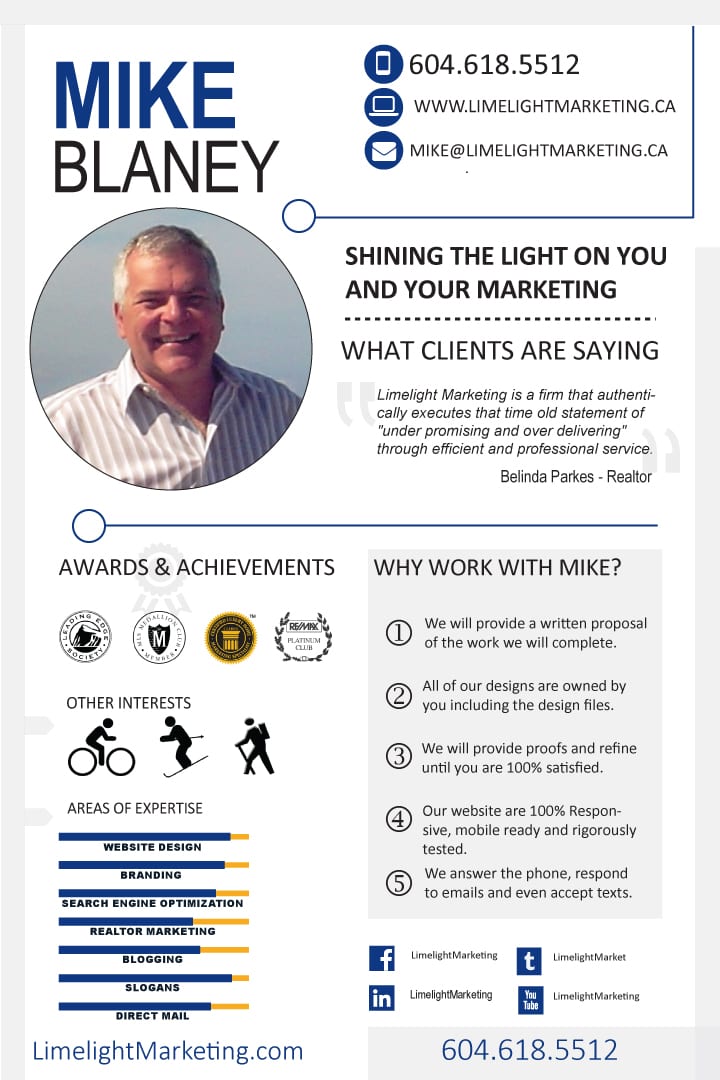



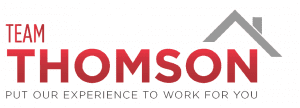

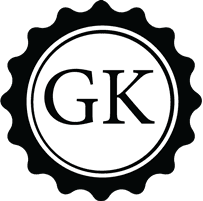

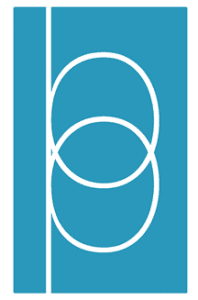
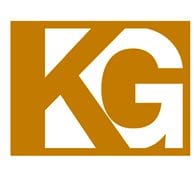



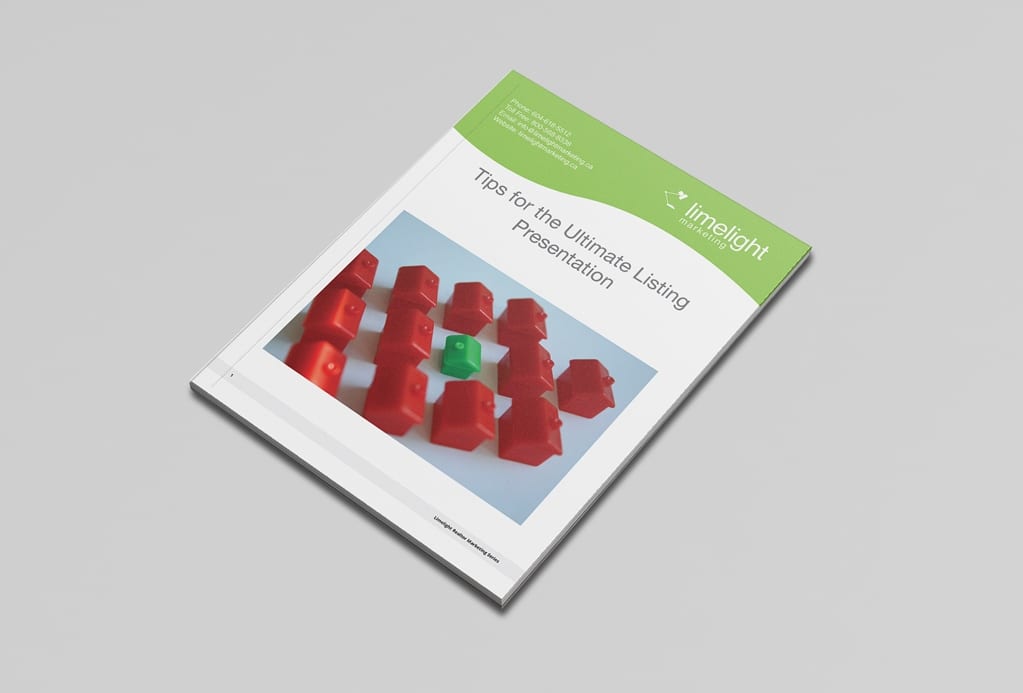
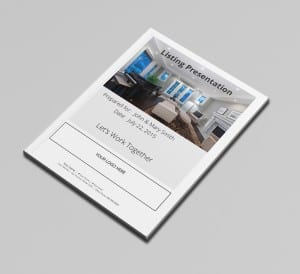




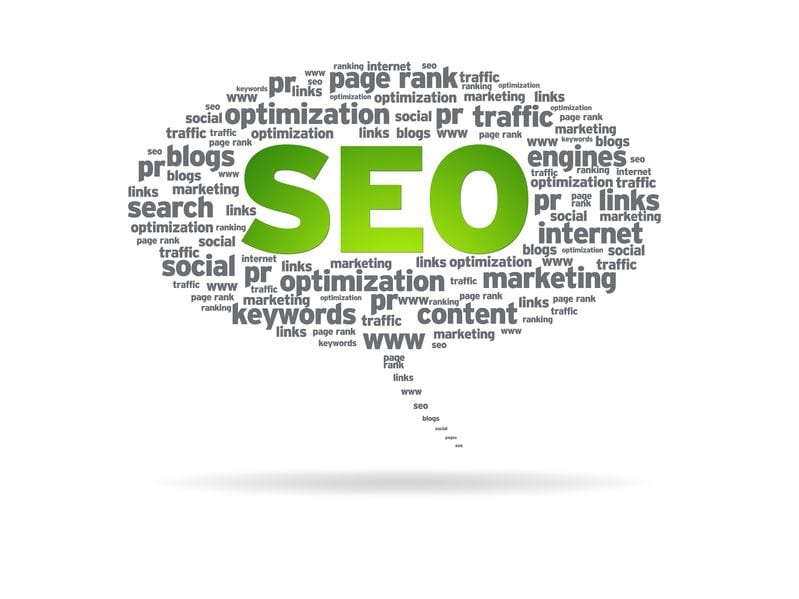

 demonstrate that you care about them too by ensuring they can meet new people and potentially help their businesses too. Keep in mind some of these events will be high touch and some will allow little contact with your clients.
demonstrate that you care about them too by ensuring they can meet new people and potentially help their businesses too. Keep in mind some of these events will be high touch and some will allow little contact with your clients.